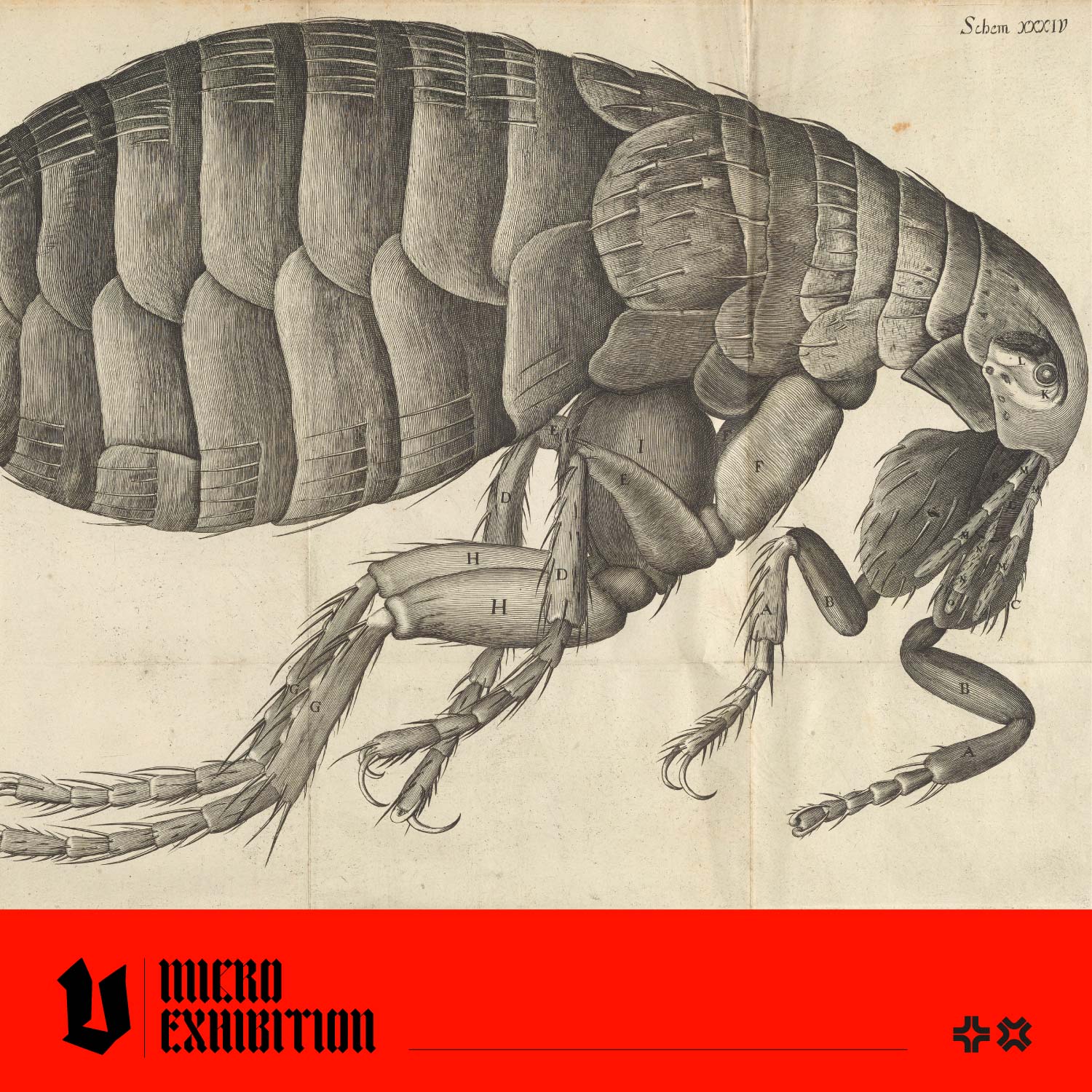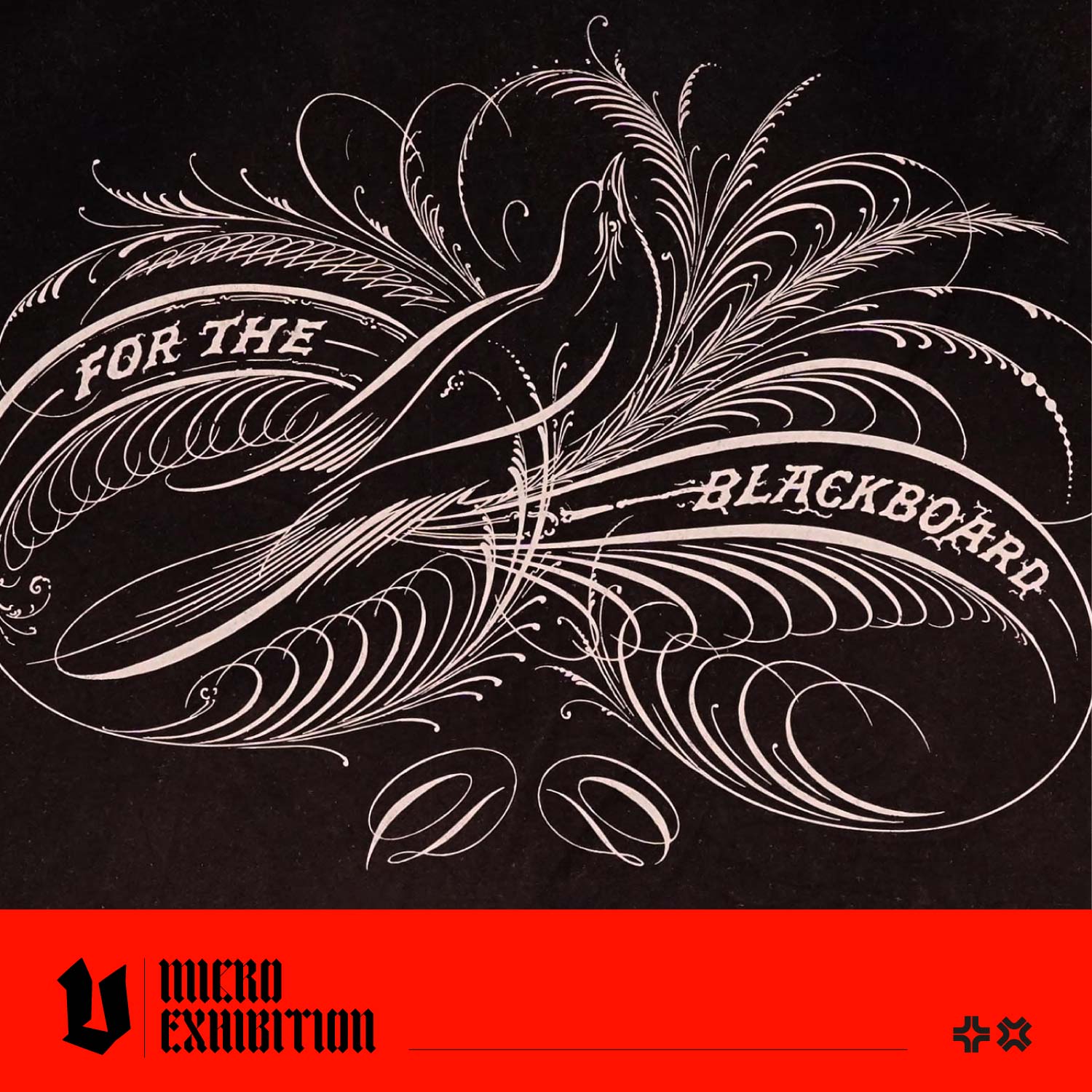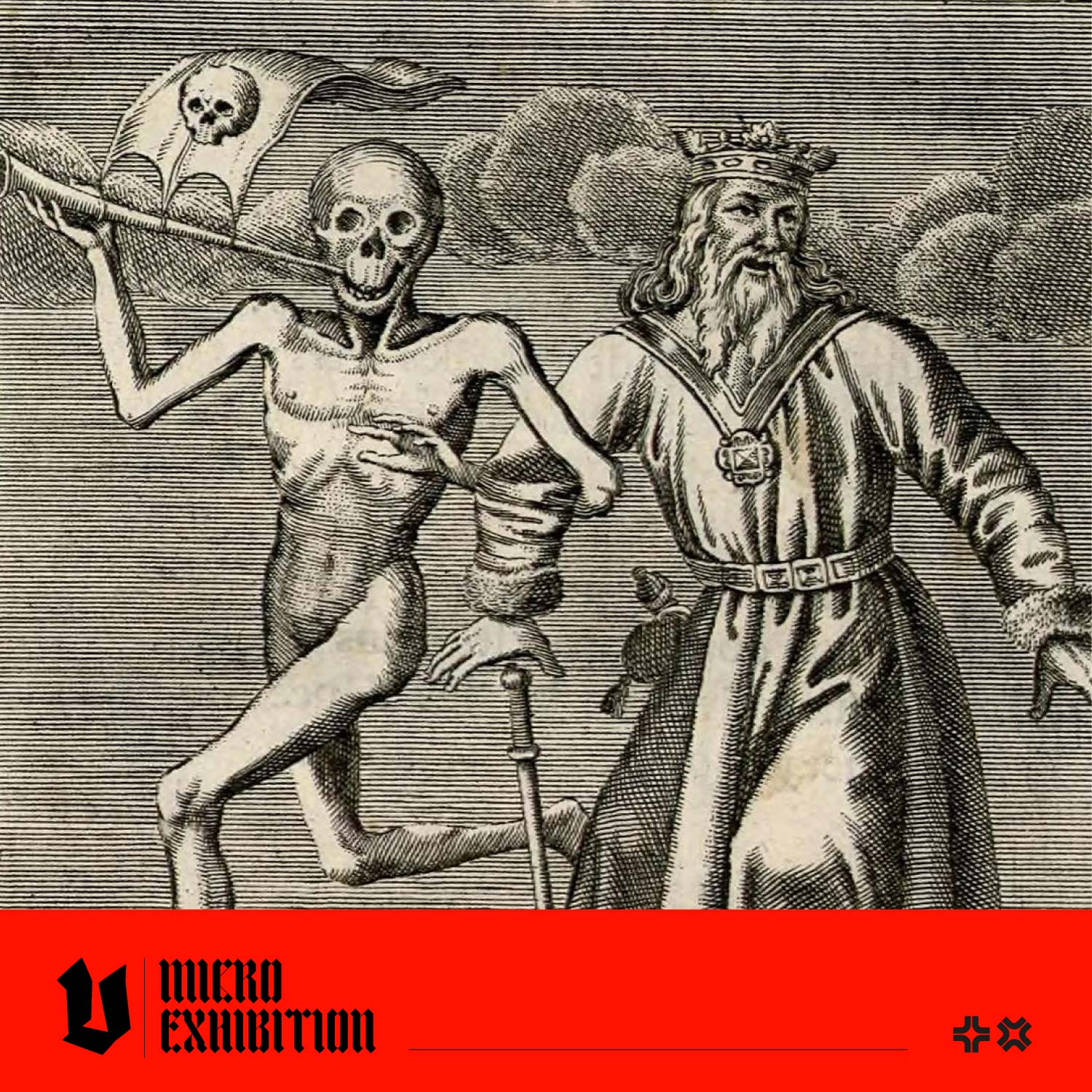"It is indeed true that art is omnipresent in nature, and the true artist is he who can bring it out." - Albrecht Dürer.
Insects have fascinated artists throughout the ages; today, we'll look at three artworks inspired by insects and discover what makes them so unique. Let's go!
Why is the Stag Beetle by Dürer one of his Most Copied Works?
Stag Beetle by Albrecht Dürer is an incredibly lifelike depiction of this fascinating insect. Dürer's design was the result of careful study. It was produced in 1505, nearly 90 years before the invention of the first microscope. The respect and attention Dürer gives his little subject is evident in its realistic, proud pose and the care he took in adding colour and shadow. It is a testament to Dürer's artistic skill that he could imbue so much life and movement into this image, which is one of Dürer's most copied works and has inspired artists for hundreds of years.
In Roman and Central European folklore, the stag beetle is reputed to have magical powers of protection. It is also related to Donar, the German god of thunder (Thor in Norse mythology), as people thought it attracted lightning. In 14th- and 15th-century religious paintings, the stag beetle represented Jesus Christ due to its horned antlers resembling deer, considered a holy animal.
How Does 'Still Life with Fruits, Foliage and Insects' Describe the Passage of Time?
Still Life with Fruits, Foliage and Insects by Abraham Mignon, 1669, depicts a bountiful feast of colourful produce. However, once you look closely at the painting, you'll notice the fruit is mouldy and splitting, and there's a variety of insects crawling over the over-ripe food, including snails, ants and beetles. There is also a caterpillar and a butterfly, symbolising the life cycle. In the background, the tree and the stone arch show signs of decay. This scene describes the passage of time and reminds the audience of the impermanence of earthy things. This theme is known as vanitas and was common in still-life artworks. It is a visual reminder to the audience of their mortality and the fleeting nature of material possessions and human experiences.
Why was Robert Hooke's Illustration of a Flea so Groundbreaking?
Robert Hooke's seminal work, Micrographia, was published in 1665. It was groundbreaking because it accurately described the minute details of previously unseen subjects: the eye of a fly, the edge of a razor, a plant cell (this book was the first time the term 'cell' was used to describe biological objects), and famously, a flea. This book was the first work to include images of plants and animals as seen through a microscope, drawn on a colossal scale; the illustrations were so large they had to be unfolded from the book binding. The famous 17th-century diarist Samuel Pepys called it "the most ingenious book that ever I read in my life." Robert Hooke was a founder of the Royal Society who was well respected for his knowledge and innovation. Modern scientists have celebrated Hooke's work for its precision, and he is credited with the first accurate depiction of a microorganism.
We hope this preview into the influence of insects on artists of the past has inspired you to learn more about the world of insects; you never know what will inspire you next; perhaps it's the pattern of a butterfly's wing, the tiny details of the body of a fly, or the smooth, rounded shape of a beetle. You'll find it all in Insects Reference Book, an Image Archive for Artists and Designers. It's a treasure trove of 332 beautifully detailed, high-resolution images of insects. Grab your copy today and get inspired!








